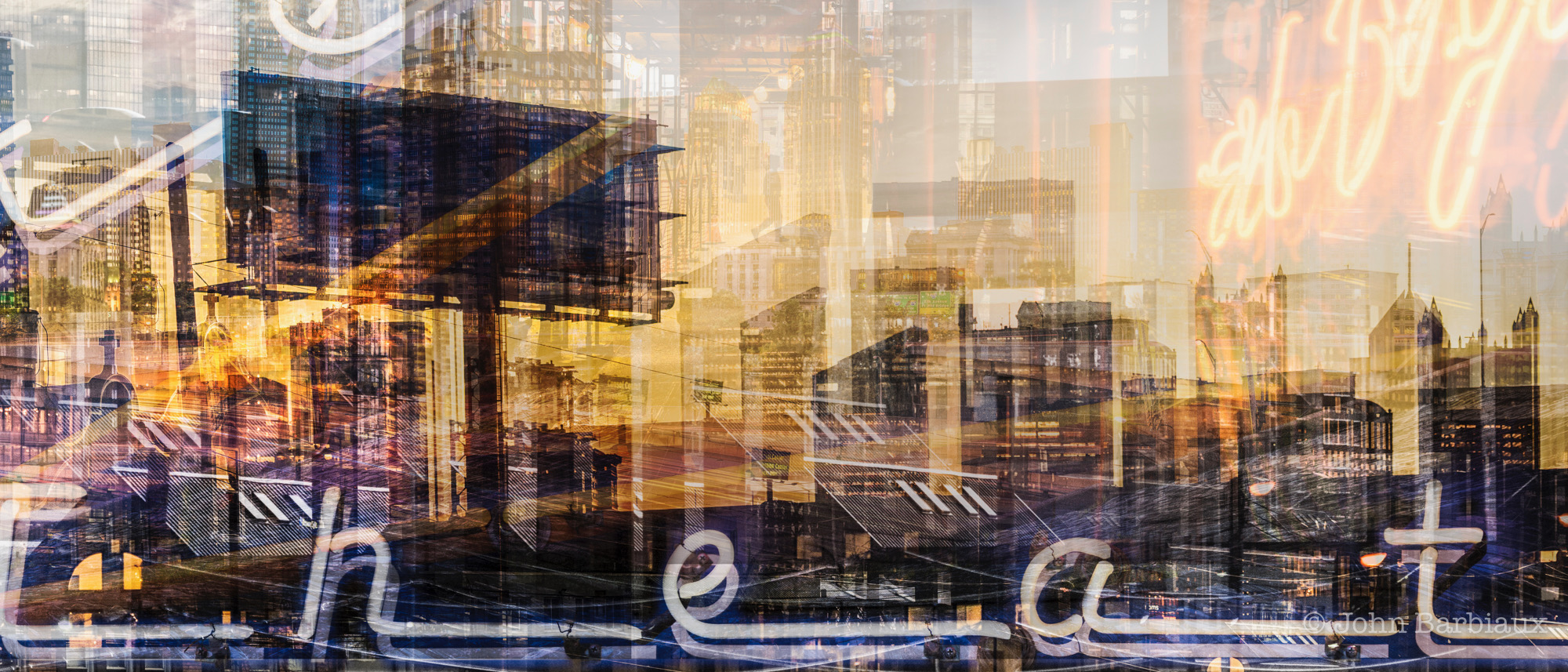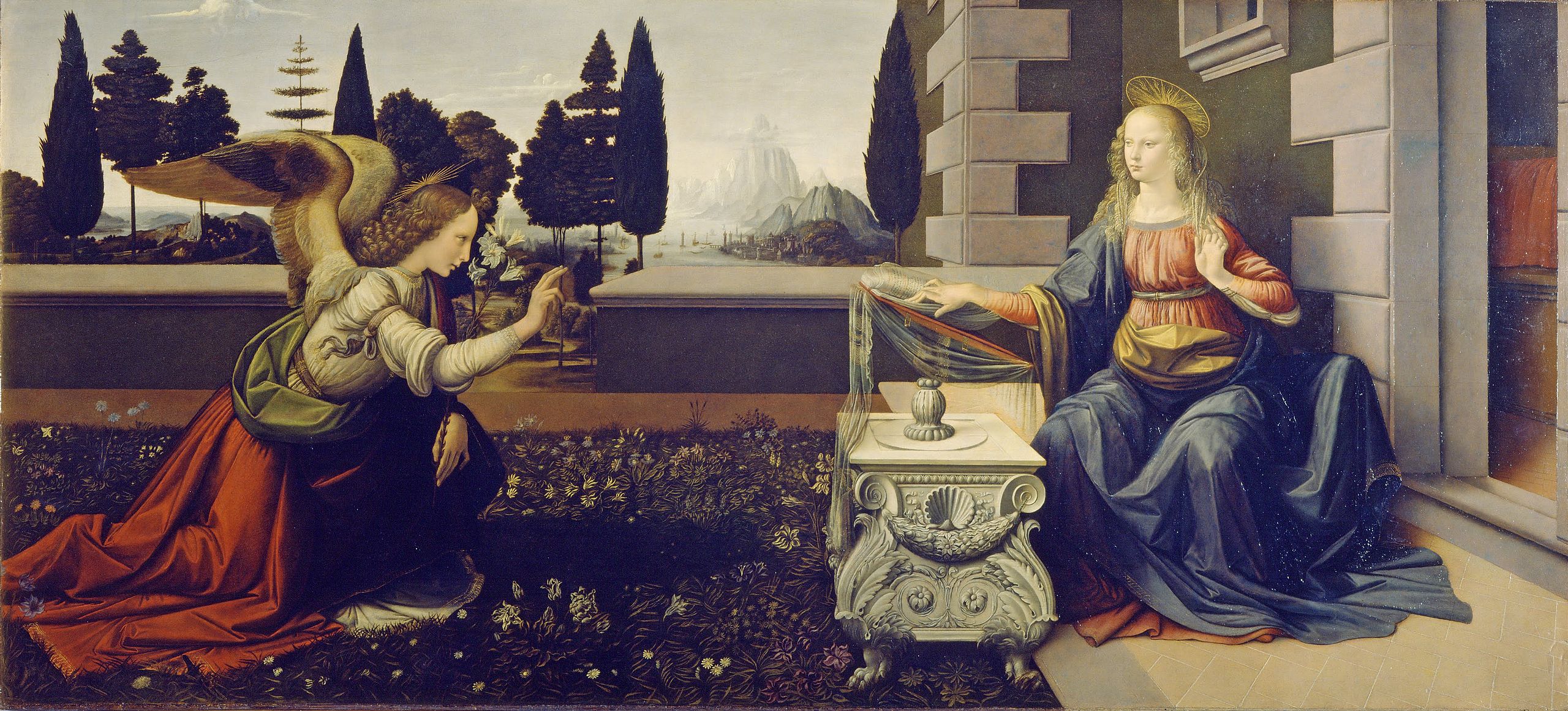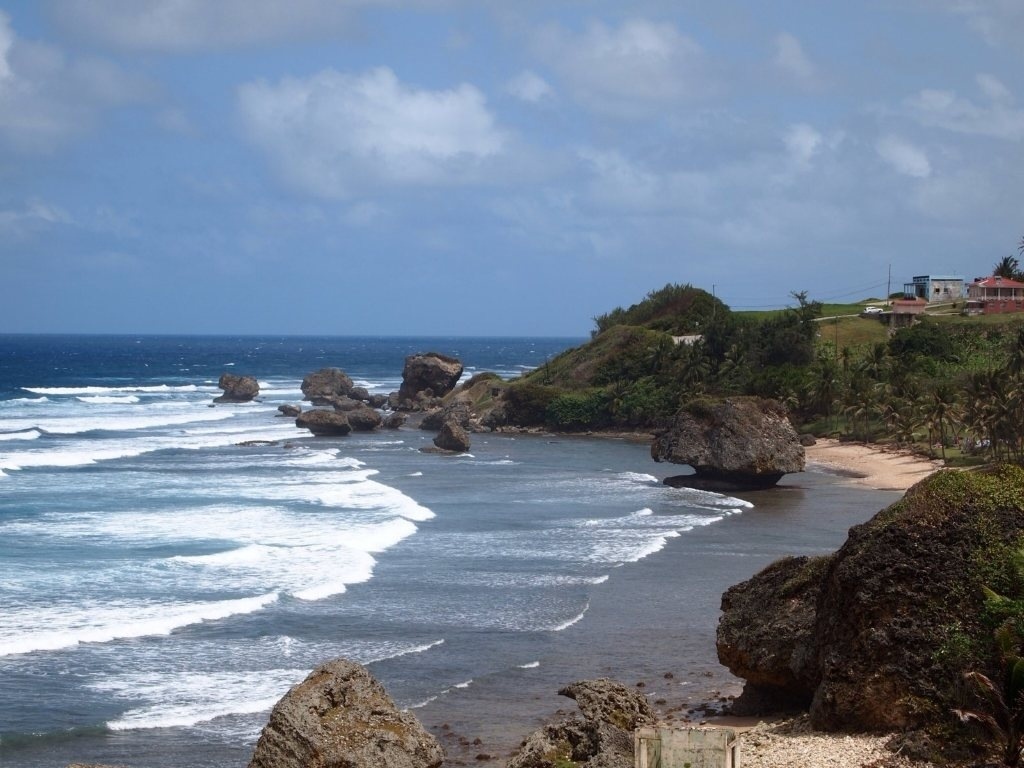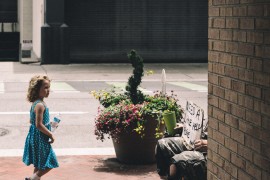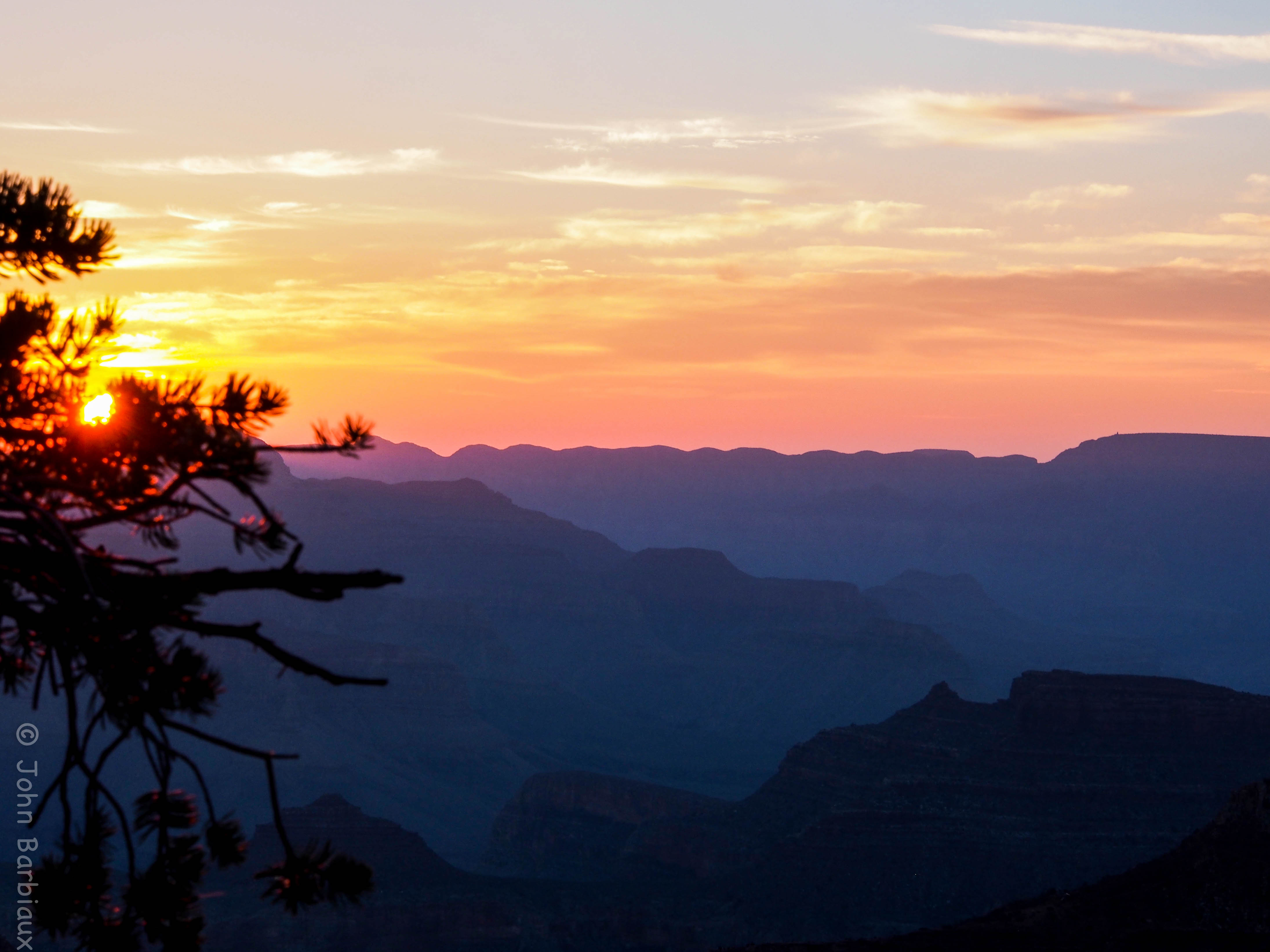Successful photographers use past experiences to inform present day decisions from which lens to use, to how to compose, and everything in between. Let’s think of these past experiences that professionals reference as a bucket of resources they can reach into and pull out at the most opportune time. If you think of it that way then consider that each time you pick up a book and read about others life experiences you have the ability to fill your own bucket full of others resources that you too can pull from when needed.
Biography
The account of someone's life written by someone elseI’d like to encourage you to put Leonardo da Vinci in your bucket. He was a complex and dynamic individual who you can study and mimic to improve your own approach to photography (or life).* Below we will take a look at some of Leonardo’s characteristics that I found most impactful but it’s really just scratching the surface. Grab the book and see for yourself.
*Obviously humans are flawed and you’ll have to discern which habits to mimic.
Let’s talk about Leonardo’s habits and how, by implementing them, they can help you to become the best photographer that you are capable of.
The painter who draws merely by practice and by eye, without any reason, is like a mirror which copies every thing placed in front of it without being conscious of their existence.
~ Leonardo da Vinci
Be Curious
If you read long enough about da Vinci you will notice that his mind was like that of a child’s, he would contemplate phenomena that one would hardly consider after they grew up… Like, why is the sky blue? Imagine driving down the road with your mom or dad when you were a child and looking out the window asking them what this or that was until you were blue in the face. At some point in our lives most of us outgrow this child like curiosity and focus on “important” stuff. Leonardo never grew out of his child like curiosity phase and it was one of his greatest assets.
What should we be pondering? What questions are worth asking? We need to be asking questions to which the answers would improve our photographic skills or understanding. I think we are so quick to grab our cameras and press our shutters that we sometimes forget to absorb our surroundings and truly study them… I know I am guilty of that.
Leonardo was fascinated by light and shadow. He would ask himself why shadows were one color here and another color there (teaching himself about direct light vs. indirect light and color cast). This helped to inform his painting and understanding of light. These are the types of questions photographers need to be asking themselves and just one of the many reasons I believe da Vinci would have mastered photography just like he did painting.
What would Leonardo obsess over in photography? If you handed him a 35mm or digital camera what would he do? I imagine the first thing he would do is learn how it recorded light. I suspect he would tackle the exposure triangle and experiment with every combination of camera setting and available light. When was the last time you put your camera through its paces? How about the last time you pushed your camera to the limits? Be curious.
Experiment
If you have followed PhotolisticLife for any length of time you will probably be familiar with my negative view of pundits who advocate sticking to just one type of photography if you want to become an expert (terrible advice). Throughout his life Leonardo would apply himself to all sorts of endeavors (building stage props, architecture, painting, sketching, biology, writing, etc.) which he would gain knowledge to then apply to other aspects of his life, like painting.
The culture of that time rewarded, above all, those who mastered and mixed different disciplines.
~ Walter Isaacson
Leonardo developed his artistic vision in a time and area where artists of all types and disciplines would combine ideas. For example, it was not unusual for lens crafters to work with artists to share how perspective, light, shadow, etc. worked. Who have you worked with lately? I am guilty of not pursuing others to learn more about their craft and how it could influence my own.
In some circles it is believed that Leonardo would not have progressed beyond “young artist” (in skill that is) had he not immersed himself in the studies of other disciplines such as the study of optics and the observation of perspective.
Be Fearless/Make Mistakes
Walter Isaacson writes about Leonardo’s attraction to men in a time where one could be thrown in jail (he allegedly was) or killed for acting on it, yet Leonardo would. Leonardo would experiment with styles of painting that would sometimes work and sometimes not… These experiments helped him develop entirely new styles that are still used today (Anamorphosis and Sfumato are a couple of examples). Leonardo was not constrained by the desire to fall in line with everyone else, he was a bit of a rebel.
Reality should inform but not constrain
~ Leonardo da Vinci
The Annunciation by Leonardo da Vinci
Leonardo’s work on the Annunciation painting is debated because of the many “mistakes” made, some can’t believe that it was da Vinci’s work. However, Isaacson says that it was a perfect example of an artist trying new things, most notably anamorphosis, the art of creating something that looks distorted when viewed straight on but then appears accurate when viewed from another angle. If you look at the Annunciation with that in mind you can see how Leonardo created something that forced viewers to move to the right so they could absorb the scene from Mary’s perspective. If you ask me, this is absolute genius. Had Leonardo been afraid of experimenting or stuck with what was popular at the time the Mona Lisa would never have been created (it uses both anamorphosis and sfumato).
Conclusion
Leonardo wouldn’t take the time to painstakingly paint a scene with nothing interesting in it… Think about that. Take a look at your Instagram, Flickr, or 500px profile and ask yourself if a painter would want to paint the same scene or subject you photographed. Is the light dynamic, is the subject eye-catching, how’s your composition?
Challenge: Take a look at your Instagram feed and ask yourself if you create like Leonardo or do you fall in line with what others deem as popular?
Push yourself to create like Leonardo would. Ask yourself if you are pushing the boundaries or simply trying to reproduce what everyone else is doing. Don’t be afraid to make mistakes and learn from them. Be original.
There is so much more knowledge that can be harvested for your “bucket” of experience if you read the book. Don’t stop there though, grab as many biographies as you can from influential people and try to fill your bucket daily. I guarantee that if you do this you will improve as a photographer (and person) exponentially.
Feel free to leave your thoughts in the comments section below and follow me over on Instagram @PhotolisticLife

